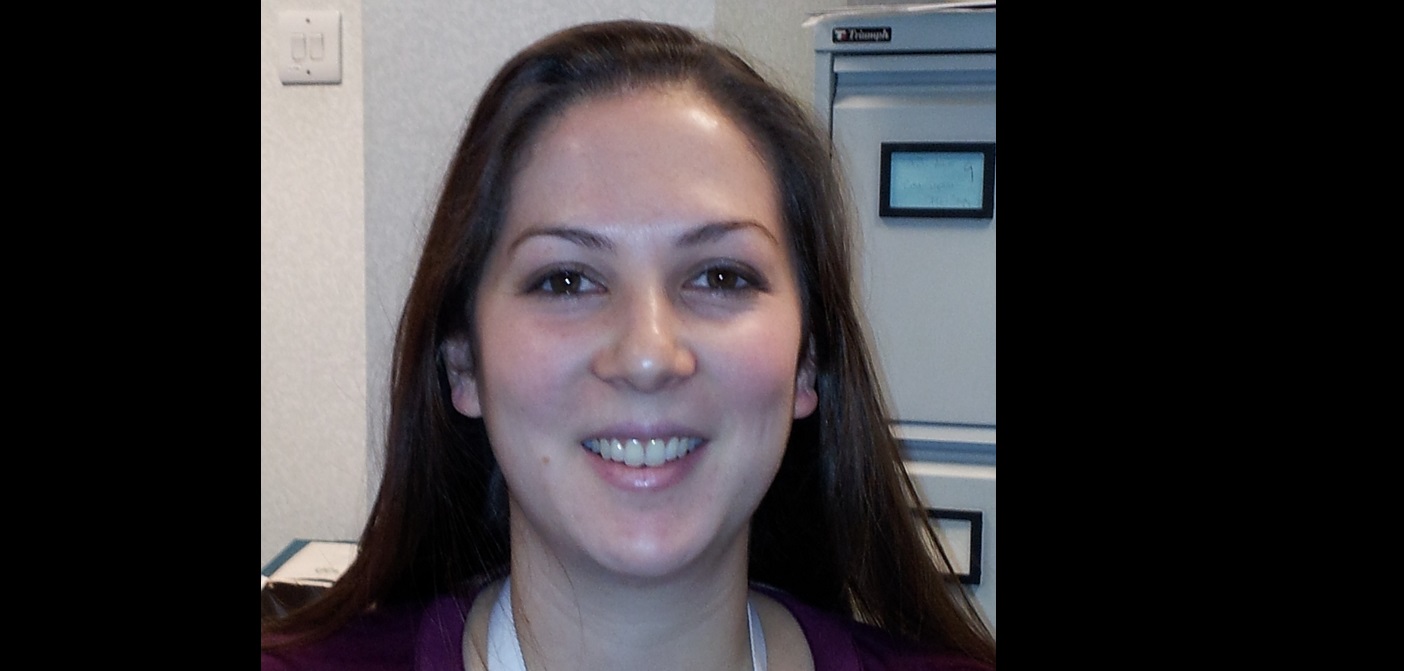Autism Spectrum Disorder in Lowe Syndrome
The three core characteristics of Autism Spectrum Disorder (ASD) are:
-
Poor or unusual social interaction skills
-
Delayed development or difficulties in verbal and non-verbal communication (gestures, pointing, eye contact, etc.)
-
The presence of repetitive behaviours or restricted interests
To read more background information on ASD, visit our key topics area and select 'Autism Spectrum Disorder' from the dropdown menu.
There is little research specifically looking at ASD characteristics in Lowe syndrome as the measures used to assess these characteristics, such as the Autism Diagnostic Observation Schedule (ADOS), use many visual materials, such as story-telling form a series of images. The visual materials prove difficult for people with Lowe syndrome, given the common visual difficulties.
Research that has been conducted using parent report of characteristics of ASD found that 7 out of 10 people with Lowe syndrome displayed ASD characteristics, and 3 out of 10 had a score suggestive of autism. The rate of autism in Lowe syndrome is similar to that reported for autism in the wider intellectual disability population (the rates vary across studies, but of this study’s comparison group, consisting of individuals with intellectual disability of heterogeneous aetiology, 33% showed ASD characteristics). You can download the original research article here.
These findings suggest that autism may be no more common in Lowe syndrome than it is in individuals with intellectual disability who do not have the syndrome. However, individuals with Lowe syndrome may show some ASD characteristics even if they do not have autism. For example repetitive behaviours occur in Lowe syndrome, along with some difficulties in communication.
Although individuals with Lowe syndrome are often very sociable, loving and happy, they will often have some difficulties with aspects of social communication, and may show behaviours that interfere with their quality of life including temper tantrums, repetitive behaviours, obsessions or preoccupations with unusual topics, difficulty with responding flexibly to situations, and an inability to concentrate, as well as behaviours that challenge such as self-injury or aggression.
In the video above, Jo Moss explains the importance of understanding ASD characteristics in rare genetic syndromes.




 Jo Moss speaks about the importance of carefully assessing for ASD in rare genetic syndromes. " />
Jo Moss speaks about the importance of carefully assessing for ASD in rare genetic syndromes. " />